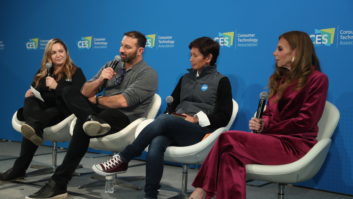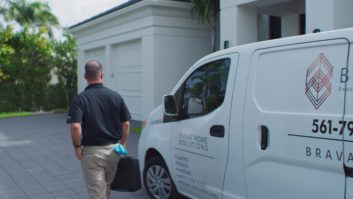
In 1962, a team of researchers at the University of Chicago was curious to understand the nature of creative problem solving. As part of their study, they gave groups of artists a random assortment of objects — things like a bunch of grapes, a brass horn, a glass prism, or an antique book. The artists were then told to spend as much time as they wanted creating a drawing inspired by the items.
The researchers observed two very different approaches to the task. One group spent only a few minutes selecting the objects for their drawings. They quickly sketched an overall composition and then spent the rest of their time perfecting it. In short, they had quickly selected a “visual problem” and then jumped straight into solution mode.
Also by Jason Griffing: It’s Time to Rethink Service
By contrast, a second group appeared much more indecisive. They would examine objects from different angles. They’d start a sketch of some objects only to change their minds and select different ones. They’d spend 20–30 minutes on a drawing only to scrap it and start over. After up to an hour of this process, they would finally settle on an idea and complete their sketch in five to ten minutes. These artists had used what the researchers called a “problem-finding style,” spending the bulk of their time exploring different problems before narrowing in on a solution.
When a panel of experts was brought in to evaluate the works, the results were striking. The judges — who were not aware of which method the artist used — consistently rated the works of the latter group far higher. In other words, the artists who had spent more time finding the right problem created better solutions.
Problem Finding vs. Problem Solving
“The trouble with people is that they’re busy fixing things they don’t even understand.” —Anthony De Mello, Awareness
When we’re faced with a problem, the temptation is to jump straight into problem-solving mode. If both the problem and the solution are well understood, this makes perfect sense. As creative knowledge workers, however, the challenges we face are rarely so simple. An important client is frustrated with your company. Employees aren’t adopting a new process. An integration is not working like the manufacturer says it should.
Such complex challenges are rarely a matter of singular cause and effect. Far more often, a complex set of sub-problems is at play. And like the artists in the University of Chicago study, we should first focus on exploring the problem space and picking our approach thoughtfully.
Problem Finding in Action
Adapting the problem-finding approach can be a challenge, but there are some simple practices we can employ that encourage the habit.
Gather a variety of ideas: In the words of the Nobel Prize-winning chemist Linus Pauling, “The best way to get a good idea is to get a lot of ideas.” Try sending out a list of specific questions to your team and ask everyone to provide their answers. Using writing instead of group brainstorming avoids group think, generates more diverse ideas, and challenges people to think more critically about the precise problem you are trying to solve.
Change the questions you’re asking: In his excellent book, A Whack on the Side of the Head, author and creativity expert Roger von Oech suggests changing the questions we ask. For example, instead of, “How would you solve this problem?” ask “What are a couple of ways you might solve this problem?” This forces people to seek what von Oech calls “the second right answer.”
Try to prove yourself wrong: We instinctually want to prove our ideas right; flip this approach on its head. Present your early ideas and ask your team questions like: “Where am I off base here?” or “Is this crazy?” Such an approach helps illuminate blind spots in our thinking.
The next time you are faced with an elusive challenge in your business, fight your instincts to charge headlong at the first solution that comes to mind. Slowing down can help us spot creative approaches that otherwise get overlooked. So, before you plow forward, first ask yourself: What’s the real problem here?
Jason Griffing is director of product for OneVision Resources and the co-host of weekly home technology podcast found at HomeTech.fm.







